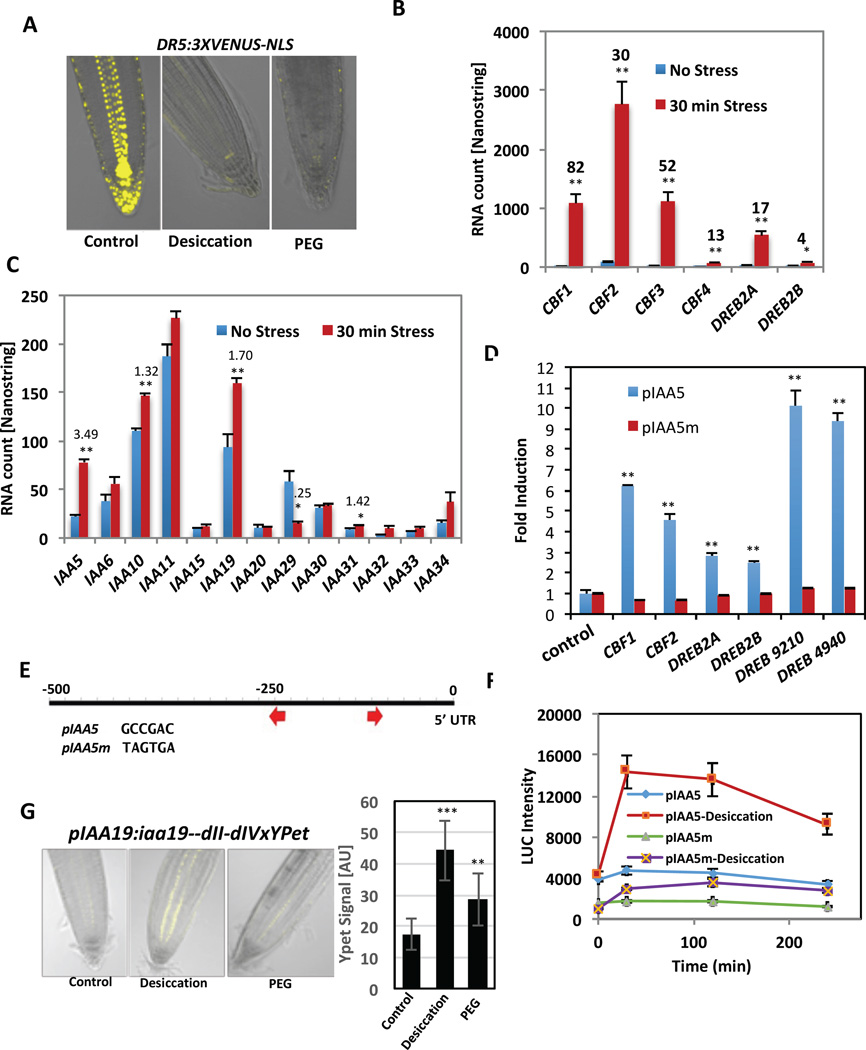Fig 2. The DRE element is required for IAA5 and IAA19 expression.
(A) DR5:3XVENUS-NLS seedlings after 30 min of desiccation. (B–C) Expression level in response to a 30 min desiccation period. n = 3 biological replicates. (B) Selected DREBs. The numbers above the bars represent fold change; (C) Selected IAAs. (D) Y1H interaction assay for selected DREB/CBF proteins with pIAA5 and pIAA5m. Bar graph is the mean of 4 biological replicates. (E) Representation of the IAA5 promoter (first 500 bp). Arrows indicate the position of DRE/CRT motifs. In pIAA5m the two DRE/CRT motifs are mutated as indicated. (F). Expression of the pIAA5:LUC and pIAA5m:LUC reporters in response to desiccation. Shown are averages (+/− SE) for three independent pIAA5 and pIAA5m lines (n = 56 seedlings). Results are representative of at least three independent experiments. (G) Roots of iaa19-dII-dIV-3xYPet seedlings in response to desiccation (1h) and PEG (3h). YPet florescence shown in yellow. The graph at right is the quantification of YPet florescence in Arbitrary Units (AU). For all panels, differences are significant at p<0.05 (*) and p<0.01 (**) Student’s t-test. See also Figures S2, S3, S4, and S5.

